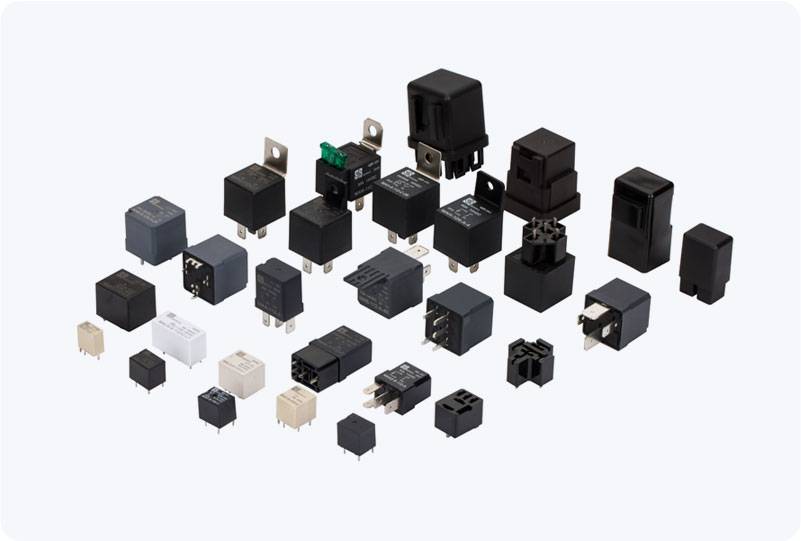understanding electromechanical relay: principles, types, and applications
Release time:2025-11-10 04:14:51
An Electromechanical Relay (EMR) is a crucial component in modern electrical and electronic systems, enabling control over circuits by acting as a switch. This simple yet powerful device plays an important role in automation, communication, automotive, and industrial applications. By understanding how electromechanical relays work, the different types available, and their uses, one can appreciate their significant contribution to modern technology.

Principle of Operation
An electromechanical relay operates through a relatively simple mechanism involving an electromagnet, a movable armature, and a set of electrical contacts. At its core, a relay is designed to switch electrical circuits on and off based on an input signal. Here's a breakdown of its components and operation:
Coil (Electromagnet): The coil is an essential part of the relay. When electrical current passes through the coil, it generates a magnetic field, turning the coil into an electromagnet.
Armature: The armature is a movable metal piece connected to a spring mechanism. When the electromagnet is energized, the armature moves toward the magnet, physically altering the position of the switch contacts.

